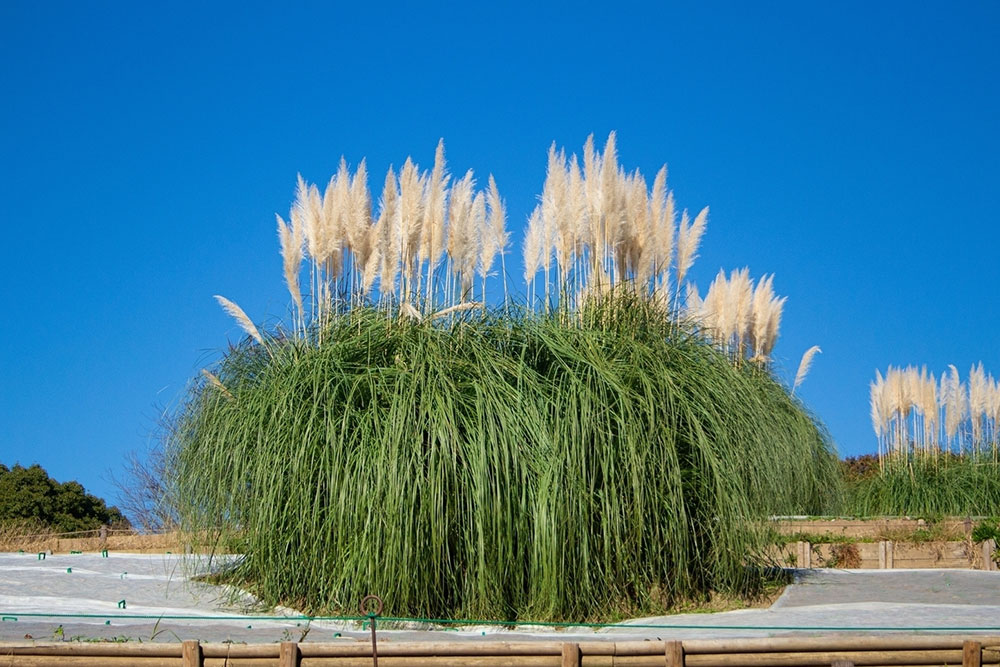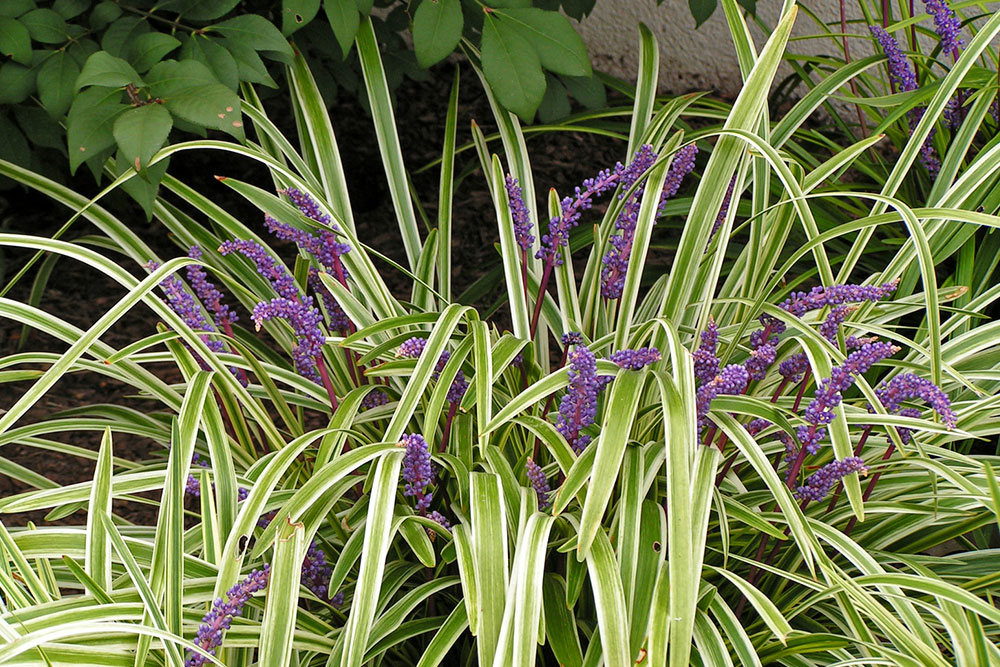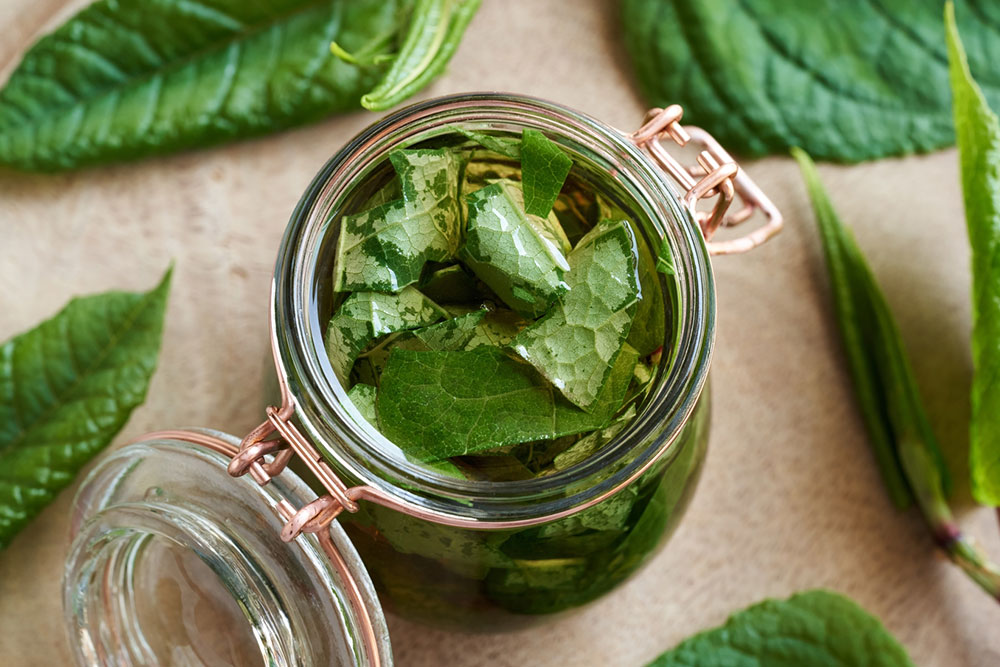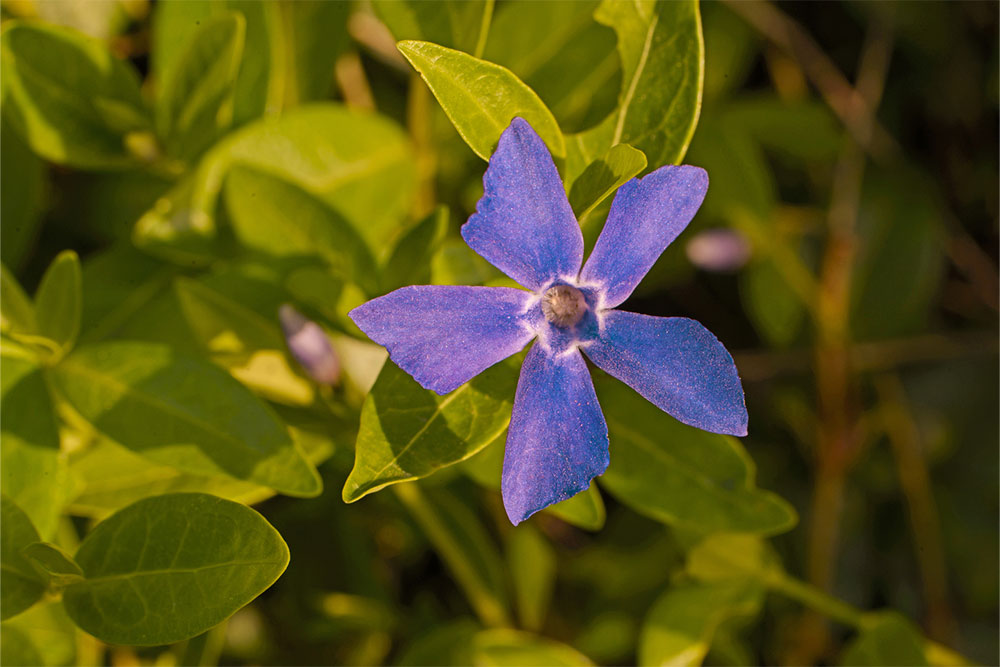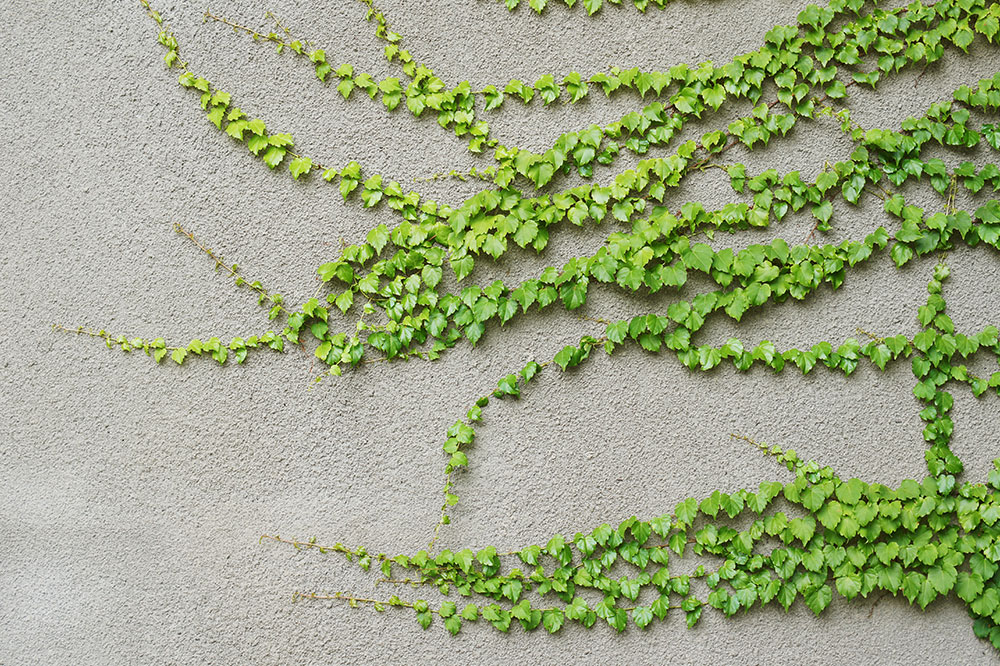Effective Strategies for Long-Term Control of Invasive Knotweed
Learn effective long-term methods to control and eradicate invasive Japanese knotweed. From covering and cutting to excavating roots and chemical treatments, this comprehensive guide offers practical solutions to manage this persistent weed successfully. Patience and consistent effort are vital for lasting results.
Sponsored
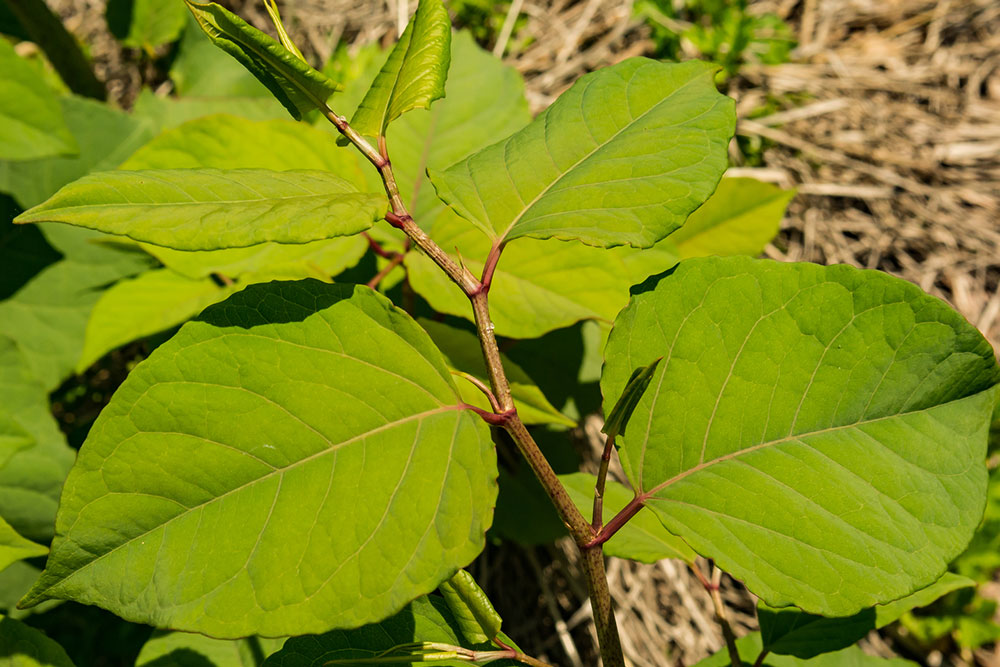
Japanese knotweed is a highly invasive weed that poses a significant challenge to eradicate completely. Its robust growth can damage landscapes, gardens, and even foundations, with roots extending up to 10 feet deep. Successful removal requires patience, dedication, and a combination of methods to ensure total elimination. Understanding various control techniques can help homeowners and landscapers manage this persistent plant effectively.
1. Overcovering Technique
Though it sounds unconventional, covering knotweed is an effective first step. It involves cutting the mature stems down to the ground and removing debris to prevent regrowth. A thick, dark tarp is then laid over the area, extending beyond the plant's perimeter. Adding weight to secure the tarp helps block sunlight and starve the plant. Over several years, this method can permanently eliminate knotweed, but patience is key as it typically takes 3-5 years to succeed.
2. Regular Cutting
This approach involves consistent, close trimming of the plant during its growth seasons to prevent photosynthesis and weaken the roots. It’s crucial to remove and dispose of all cuttings properly, as small fragments can re-establish new plants. Weekly inspections and timely pruning of emerging shoots are necessary. Note that mowing can spread fragments and should be avoided. Persistence and regularity are essential for this method to work effectively.
3. Excavating Roots
This method requires digging out the entire plant, including roots, often with heavy machinery. It is suitable for small infestations due to its cost and potential landscape disruption. Complete removal of the rhizomes is vital because even tiny fragments can regrow. Proper disposal of excavated material is important to prevent spreading. Excavation provides a quicker solution but involves careful planning and effort to avoid incomplete removal.
4. Chemical Treatment
For severe infestations, chemical control using glyphosate-based herbicides may be necessary. Application should be precise, targeting only the knotweed to avoid harming surrounding vegetation. It’s advisable to seek professional help to ensure proper handling and safety. Chemical treatments can effectively eradicate stubborn patches when combined with other methods.
Identifying Japanese Knotweed
This plant features hollow, bamboo-like stems that grow rapidly, up to 2 centimeters daily. It produces cream-colored flowers and has distinctive heart-shaped or shovel-shaped leaves that are light green with purple or red specks. Be cautious, as some plants resemble knotweed, such as
Houttuynia, Bistorts, or Himalayan Balsam. Accurate identification is crucial for targeted control.
Houttuynia
Ornamental Bistorts
Lesser Knotweed
Himalayan Balsam
Broadleaved Dock

